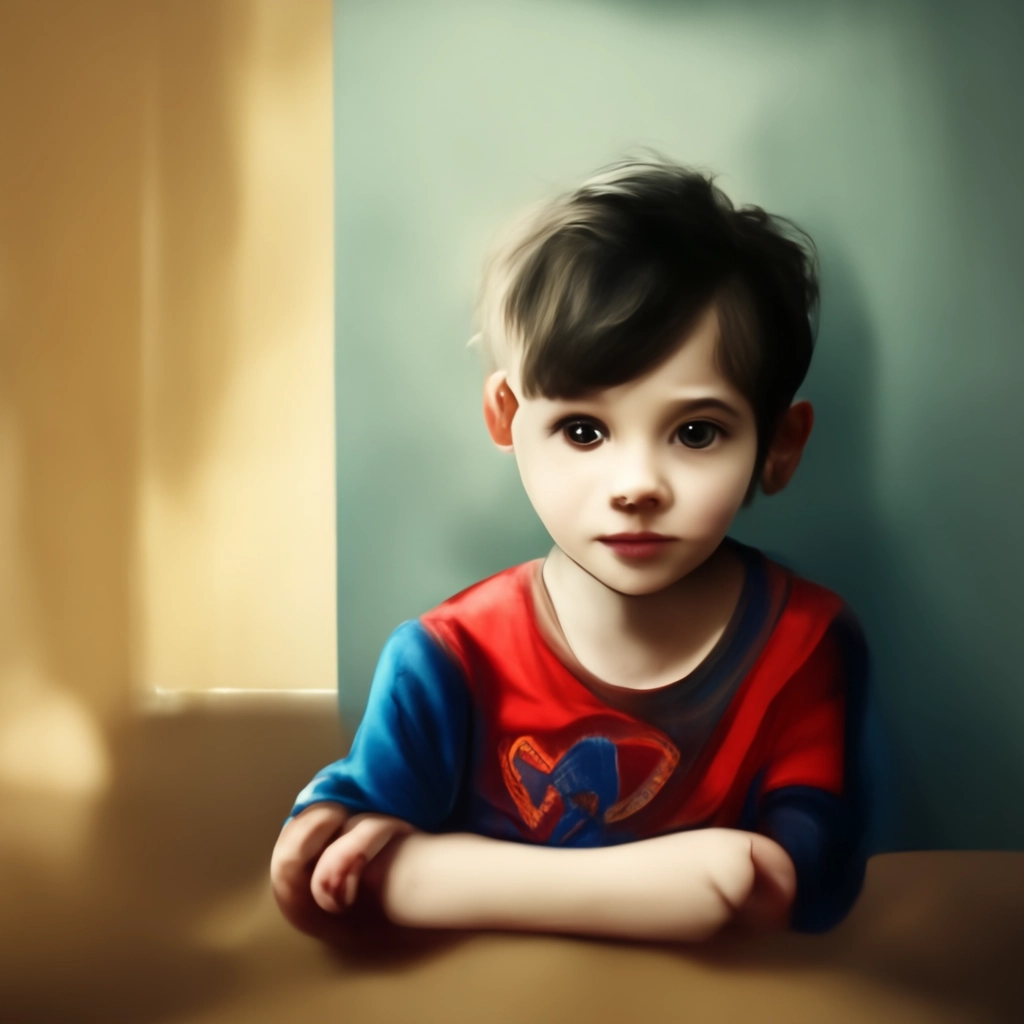
Table of Contents:
- Introduction
- Understanding Autism Criteria
- 2.1. Social Interaction Criteria
- 2.2. Communication Criteria
- 2.3. Repetitive and Restricted Behaviors Criteria
- Autism Diagnosis Criteria Summary Table
- Additional Considerations for Diagnosis
- Conclusion
Introduction
Autism diagnosis is based on specific criteria that healthcare professionals use to identify the presence of the condition. This article will break down these criteria into simpler terms to help you understand them better.
The criteria for autism diagnosis involve three main areas:
- Social Interaction
- Communication
- Repetitive and Restricted Behaviors
To meet the autism criteria, an individual must display at least six characteristics from these three areas, with a minimum of:
- Two Characteristics of Social Interaction
- One Characteristic of Communication
- One characteristic of Repetitive and Restricted Behaviors
Social Interaction Criteria:
An individual with autism may show marked difficulties in social interaction, which may include at least two of the following:
a. Struggles with nonverbal communication, such as facial expressions, body postures, gestures, and eye contact. b. Difficulty forming age-appropriate peer relationships. c. Lack of interest in sharing enjoyment or achievements with others or not pointing out objects of interest. d. Absence of emotional or social reciprocity (give-and-take in social interactions).
Communication Criteria:
An individual with autism may display significant communication impairments, which may include at least one of the following:
a. Delay or absence of spoken language without attempts to compensate through nonverbal communication. b. Challenges in maintaining conversations, even with adequate speech abilities. c. Repetitive or unusual use of language (idiosyncratic or stereotyped language). d. Limited social or emotional reciprocity in communication.
Repetitive and Restricted Behaviors Criteria:
An individual with autism may exhibit repetitive or restricted behavior patterns, activities, or interests, which may include at least one of the following:
a. Intense focus or preoccupation with a narrow, restricted, or stereotyped topic. b. Insistence on following specific, nonfunctional routines or rituals. c. Repetitive motor behaviors, such as hand flapping or finger twisting. d. Persistent preoccupation with parts of objects.
Additionally, the individual must show delays or abnormalities in at least one of the following areas before the age of three:
- Social interaction
- Symbolic or imaginative play
- Social use of language
Lastly, Rett Syndrome or Childhood Disintegrative Disorder should not better explain the observed characteristics.
We hope this simplified guide helps you better understand the criteria for an autism diagnosis. Remember, if you have any concerns about your child’s development, it’s important to consult a healthcare professional.
I have created a table that summarizes the criteria used for diagnosing autism:
| Area | Criteria |
|---|---|
| Social Interaction | |
| a. Difficulty with nonverbal communication (e.g., facial expressions, body postures, gestures, eye contact) | |
| b. Difficulty forming age-appropriate peer relationships | |
| c. Lack of interest in sharing enjoyment or achievements with others, or not pointing out objects of interest | |
| d. Absence of emotional or social reciprocity (give-and-take in social interactions) | |
| Communication | |
| a. Delay or absence of spoken language without attempts to compensate through nonverbal communication methods | |
| b. Challenges in maintaining conversations, even with adequate speech abilities | |
| c. Repetitive or unusual use of language (idiosyncratic or stereotyped language) | |
| d. Limited social or emotional reciprocity in communication | |
| Repetitive and Restricted Behaviors | |
| a. Intense focus or preoccupation with a narrow, restricted, or stereotyped topic | |
| b. Insistence on following specific, nonfunctional routines or rituals | |
| c. Repetitive motor behaviors, such as hand flapping or finger twisting | |
| d. Persistent preoccupation with parts of objects |
To meet the autism criteria, an individual must display at least:
- Two Characteristics of Social Interaction
- One Characteristic of Communication
- One characteristic of Repetitive and Restricted Behaviors
Additionally, the individual must show delays or abnormalities in at least one of the following areas before the age of three:
- Social interaction
- Symbolic or imaginative play
- Social use of language
Rett Syndrome or Childhood Disintegrative Disorder should not better explain the observed characteristics.
Reference list
- American Psychiatric Association. (2013). Diagnostic and statistical manual of mental disorders (5th ed.). Washington, DC: Author.
- Centers for Disease Control and Prevention. (2020). Autism spectrum disorder (ASD). Retrieved from https://www.cdc.gov/ncbddd/autism/index.html
- National Autism Association. (n.d.). Autism spectrum disorder (ASD): Diagnosis. Retrieved from https://www.nationalautismassociation.org/about-autism/diagnosis/
- The Autism Society of America. (n.d.). Autism spectrum disorder (ASD): What is ASD? Retrieved from https://www.autism-society.org/what-is-autism/what-is-autism/